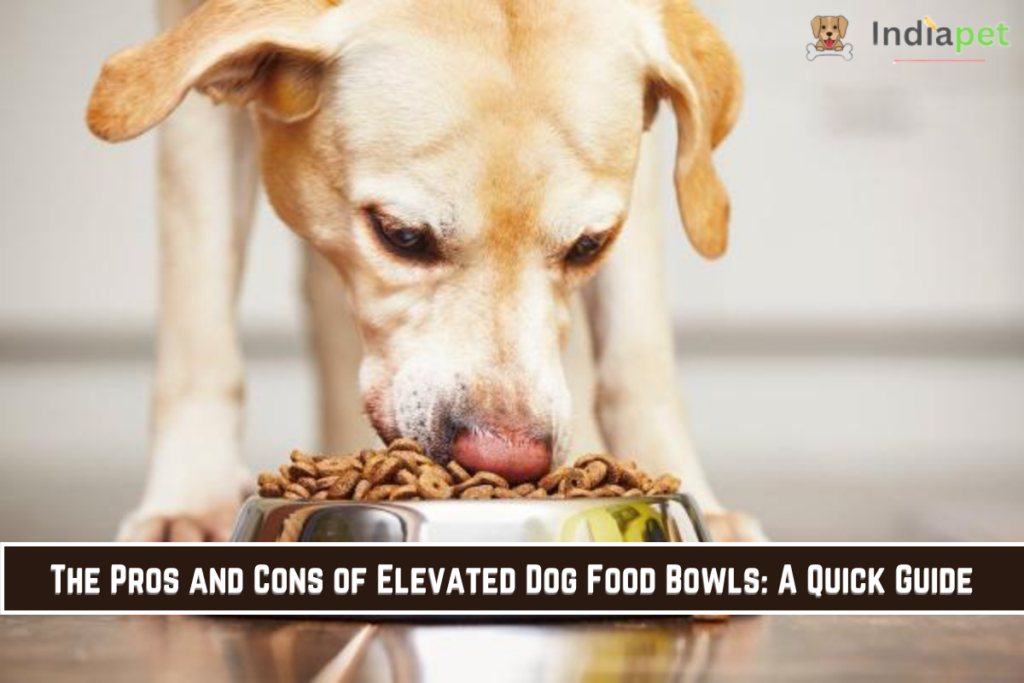The Pros and Cons of Elevated Dog Food Bowls: A Quick Guide When it comes to our furry companions, every decision we make affects their well-being. One topic that often sparks debate among dog owners is feeding time. What your dog eats, when it eats, and how it eats—all these questions matter. Another hot topic is whether elevated dog food bowls are beneficial. Let’s dive into the pros and cons of using them.
The Pros and Cons of Elevated Dog Food Bowls: A Quick Guide
What Are Elevated Dog Bowls?

Elevated dog bowls, also known as elevated dog feeders, are simply dog bowls raised from the floor with a stand. They come in various sizes, catering to both toy-sized and large dogs. Here’s why some pet parents opt for them:
- Improved Comfort: Elevated feeders bring your dog’s food closer to its mouth, making it easier to eat. Many dogs find this more comfortable, especially those with joint issues or arthritis.
- Less Mess: No more chasing food around the kitchen! Elevated bowls help contain spills and keep the feeding area cleaner.
- Better Digestion: Some experts believe that elevated bowls promote better digestion by reducing strain on the neck and esophagus. This can be particularly helpful for dogs prone to regurgitation.
- Senior-Friendly: Older dogs, with their creaky joints and reduced mobility, benefit from elevated bowls. Bending down to eat can be challenging for them.
The Bloat Controversy

Elevated dog bowls were initially marketed as a way to prevent bloat—a life-threatening condition. Bloat, also known as Gastric Dilatation (GD) and Gastric Dilatation & Volvulus (GDV), causes the stomach to fill with gas and twist on itself. Both conditions require immediate veterinary attention.
But do elevated feeders truly prevent bloat? The answer isn’t crystal clear. While they can help, the risk reduction isn’t as significant as initially claimed. Bloat tends to affect fast eaters and dogs who gulp down air while eating. If your dog is prone to bloat, consult your vet about preventive measures.
Peoples Also Read: What Causes Excessive Shedding In Dogs?
Pros of Elevated Dog Bowls

- Comfort: Dogs with neck or back issues find elevated bowls more comfortable.
- Cleanliness: Less mess means less cleanup for you.
- Senior Dogs: Older dogs appreciate the convenience of elevated feeders.
The Pros and Cons of Elevated Dog Food Bowls: A Quick Guide
Cons of Elevated Dog Bowls
- Cost: Quality elevated feeders can be pricey.
- Overeating Risk: Some dogs may overeat if food is too accessible.
- Breed Suitability: Certain breeds (like deep-chested ones) may not benefit as much.
In conclusion, while elevated dog bowls offer advantages, consider your dog’s specific needs. If your pup struggles during mealtime or has mobility issues, an elevated feeder could be a game-changer. Otherwise, stick to traditional bowls and monitor your dog’s health closely.
Remember, every dog is unique, so choose what works best for your furry friend!


